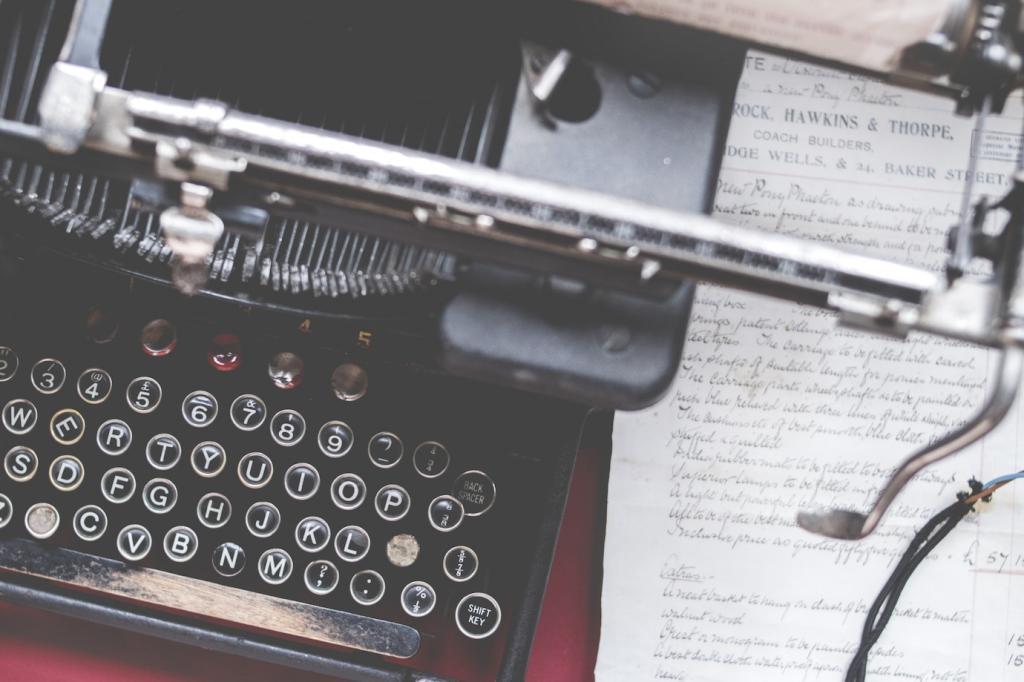
How to Write Product Descriptions for Interior Design in English
Crafting compelling product descriptions for interior design items is a skill that blends creativity, technical knowledge, and marketing savvy. Well-written descriptions not only present the features of furniture, décor, lighting, and other interior elements, but also evoke emotions, inspire design visions, and drive purchasing decisions. This guide covers the essential techniques and considerations for creating effective interior design product descriptions in English, helping you to engage your target audience and elevate your brand’s online presence.

Defining Customer Personas
Identifying and understanding customer personas is crucial for developing product descriptions that connect. Each persona—be it luxury-oriented buyers, eco-friendly consumers, or minimalist enthusiasts—has unique motivations and requirements. It’s important to recognize their age, lifestyle, typical budget, and design influences. This knowledge shapes the details you emphasize, such as sustainable materials or sophisticated craftsmanship, ensuring your descriptions speak directly to what matters most to each customer segment.
Tailoring Tone and Voice
Adopting the correct tone and voice personalizes your product descriptions. If your brand appeals to young, modern city-dwellers, an upbeat and inspirational tone with trend-forward language can spark engagement. For a classic, high-end audience, a more refined and elegant voice may be appropriate, highlighting tradition and legacy. Consistency in tone across all descriptions builds recognition, trust, and a distinct brand identity within the competitive interior design market.
Responding to Audience Needs
Meeting the specific needs and queries of your audience adds real value to your product descriptions. Highlight solutions that address common interior design challenges, such as maximizing space in apartments or choosing furnishings for open-plan layouts. By anticipating questions about size, functionality, or compatibility with current trends, your descriptions not only inform but also reassure and delight readers, fostering confidence in making a purchase decision.
Highlighting Features and Benefits
Direct attention to the elements that make each product unique, from materials and construction techniques to design origins and specialized finishes. Whether it’s handwoven textiles, sustainably sourced timber, or artisanal metalwork, descriptive language gives context to each feature. Providing clarity on dimensions, weight, and assembly requirements also ensures transparency, helping customers make confident, informed choices.
Using Persuasive Language
01
Employing Sensory and Descriptive Words
Select sensory words that trigger strong mental images and emotions, such as “inviting velvet upholstery,” “hand-finished oak,” or “luminous brass accents.” These expressions appeal directly to the senses of touch, sight, and even comfort, making the experience feel tangible and memorable. The use of carefully chosen descriptors transforms product details from bland to irresistible and brings to life the unique personality of each offering.
02
Creating a Sense of Exclusivity
Building exclusivity within a description can trigger a sense of urgency or privilege. Phrases like “limited edition,” “artisan-crafted,” or “exclusive design collaboration” signal that the item stands apart from mass-market alternatives. By emphasizing rarity or uniqueness, you inspire customers to act quickly and feel as though they are acquiring something truly special that enhances their living space and reflects their individual taste.
03
Encouraging Action with Calls-to-Action
A well-placed call-to-action (CTA) encourages potential buyers to take the next step, whether it’s adding the item to their cart, customizing their selection, or requesting more information. Use energetic, benefit-driven language like “Transform your space today,” or “Discover the difference elegant design makes.” This not only focuses the reader on the advantages but also motivates prompt engagement by setting a positive expectation about the purchase outcome.
